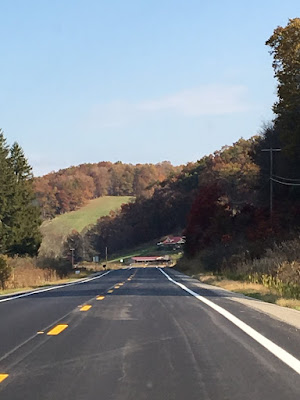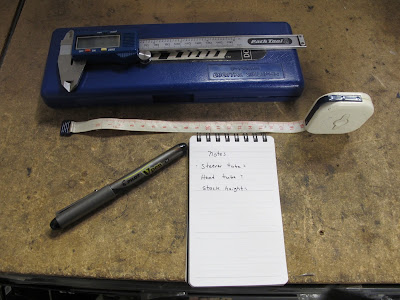By Scott
Sometimes we get attached to things for no rational reason, but more an emotional one. If you suffer from Sable (see the post here), you might have an old WTB (that's Wilderness Trail Bikes) dirt drop bar and want to use it on a build. Or perhaps you have an awesome stem, but the clamp size does not match any bar you have. This is where shims come into play.
Let's start out with the basics first - stem clamp size - which is the diameter of the handlebar where the stem attaches. Up until the 2000's there were four sizes: 25.0 mm for French bars, 25.4 mm for the flat bar/mtb bars, 26.0 mm for road bike bars, and 26.4 mm for the Italian bars, mostly Cinelli.
In the last 15 years, we've gained a new "standard" of 31.8 mm diameter. So now, there are five standards, of which two (25.4 mm and 26.0 mm) remain very popular, one size dropped off (25.0 mm), one size remained the bastion of one country only (26.4 mm), and one size (31.8 mm) rose in popularity as carbon bars became more popular and people wanted "stiffer" handlebars for those county limit sign sprints.
Side bar: In our design work, we look at all these "standards" and work with and around them to make our products. For instance, we did the Crazy bar in a 25.4 mm size, so that you could use a shim if you opted for a 26.0 mm or 31.8 mm stem. The tricky part is when you have a 31.8 mm bar. You can only use a 31.8 mm stem. If you can find a way to use 31.8 mm bar with a 26.0 mm stem, don't call us, call Stockholm and talk to the Nobel Prize committee.
Choosing a shim is a two part operation. Step one is figuring out the parts you have. What is the stem clamp area for the bars and what size bars does the stem take? If you want a
Tall Stack Stem (31.8 mm) but are devoted to
Chris's Rando Bar (26.0 mm), you'll need a shim that works to bridge the difference between 26.0 to 31.8. So you'd go to our stems
page and look at the variety of shims there. You'd see two types that match our mathematical specification - a
four piece and a
two piece set. Which to choose? If your stem has a two bolt faceplate, like the
Cigne stem, go with the two-piece shim set. If your stem has a four bolt faceplate, you can use either the four or two bolt shim set.
What if we swap out the scenario? Let's say you have a quill stem, like a VO quill stem (26.0 mm) and you want to use a Postino bar (25.4 mm) for a more upright position. So you'll look on the
quill stem page and see
one option for shims, but in two widths. What width do I want? 35 mm wide shims would fit most one bolt stems. You need the thickness only in the middle area of the stem where the clamp bolt is. It's only on a threadless stem with a wider clamp area that you want to use the 45 mm wide model.
So don't be afraid to pull out that bar or stem and use it. Do some math/measurements or search The Google for information on it and go from there. There must be some bars or stems waiting to be put to use with a new build.

























